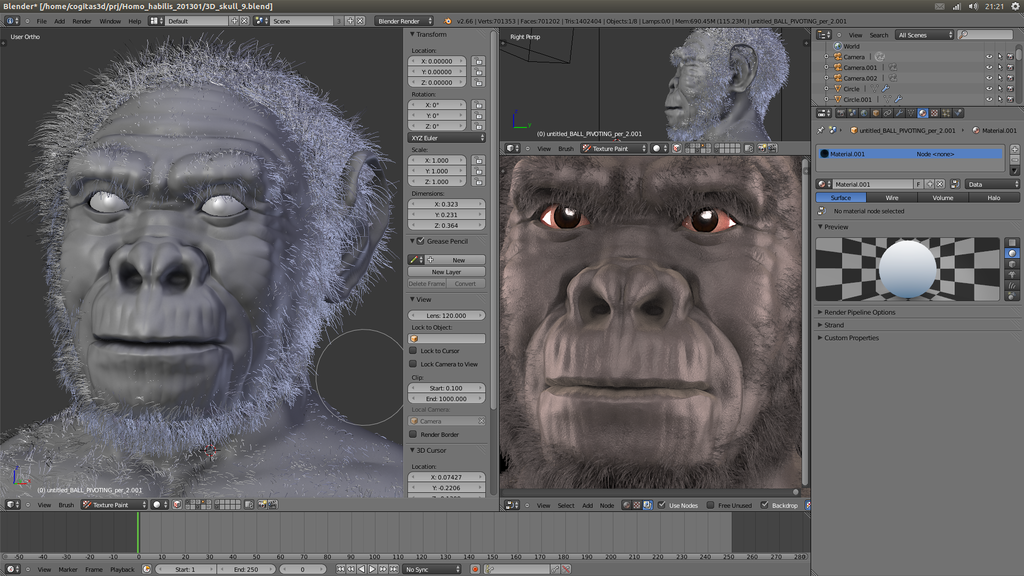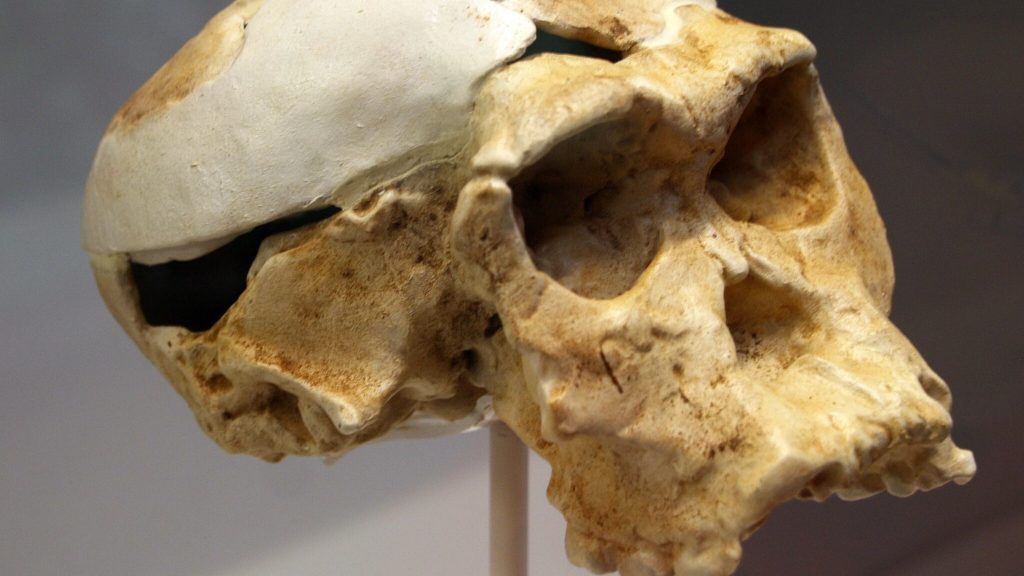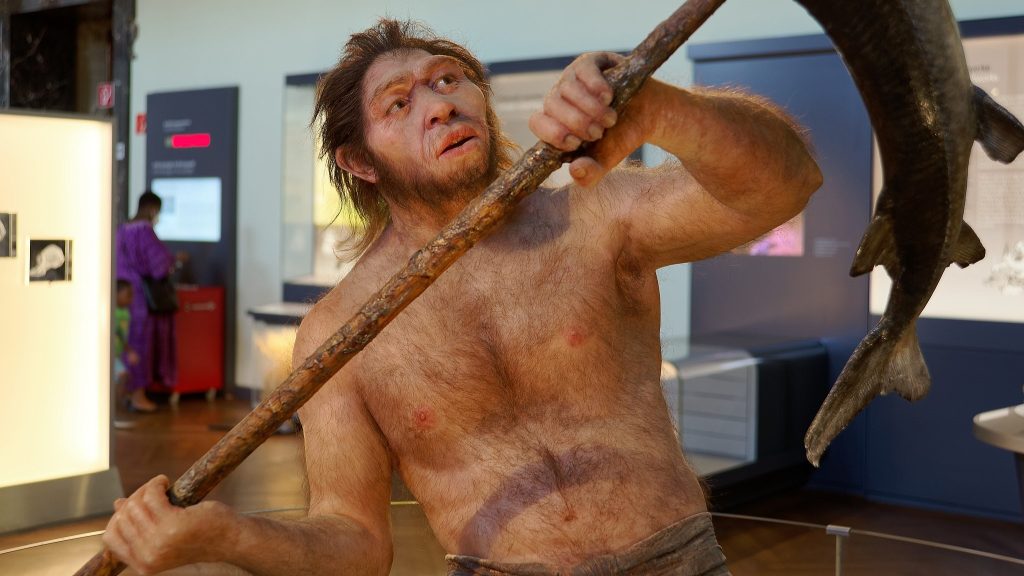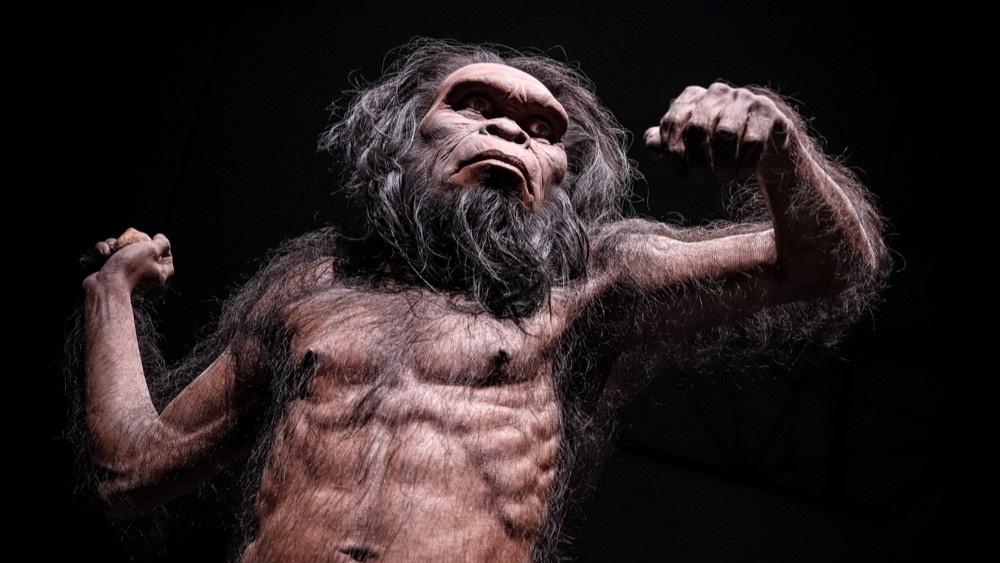They sliced up and devoured meat nearly 2 million years ago.
Others are reading now
For decades, Homo habilis has been portrayed as an early human ancestor confidently wielding stone tools and feasting on meat.
But new research suggests these hominins may have been far from apex predators—in fact, they were likely prey for leopards.
Revisiting Fossils With AI

Researchers from the University of Alcalá revisited fossils from Olduvai Gorge in Tanzania, a site crucial to our understanding of human evolution.
They examined the remains of two individuals, OH 7 and OH 65, using artificial intelligence to analyze predator tooth marks more accurately than past studies.
Predators, Not Scavengers

Previously, marks on the bones were attributed to scavengers like hyenas.
Also read
However, AI analysis indicates that leopards, which typically kill fresh prey rather than clean up leftovers, were responsible.
Skull fragments showed gnaw marks on the back of the head, a chewed-up finger, and bite patterns suggesting lethal attacks while the individuals were alive.
Not the Prehistoric Badass We Thought

According to Vice, these findings challenge the long-standing image of H. habilis as a capable hunter.
Far from posing triumphantly next to slain prey, they may have spent much of their lives avoiding becoming prey themselves.
Who Made the Stone Tools?

The study also reignites debates about the origins of the stone tools found near these fossils.
Also read
If H. habilis was frequently hunted by leopards, perhaps they were not intelligent or dexterous enough to make tools.
Instead, the tools might have belonged to Homo erectus, a more advanced ancestor living nearby who definitely used tools for hunting.
A Humbling Discovery

This research reshapes our view of early humans, showing that even the hominins once thought to dominate their environment had to live in constant danger from predators.
AI analysis has not only updated our understanding of predator-prey relationships but also questioned the evolutionary narratives built around human “badassery.”


